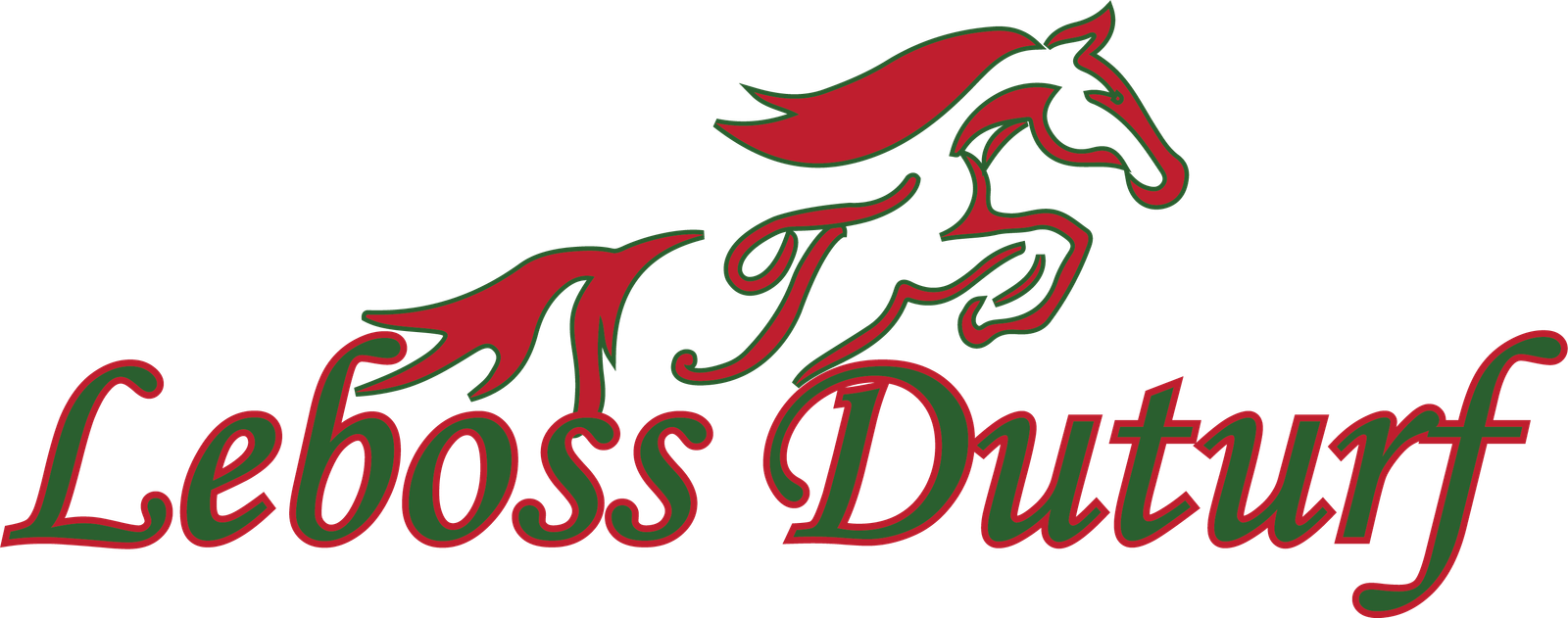Introduction
New phrases and ideas are constantly emerging in the dynamic fields of technology and culture, each with a distinct influence. One such phrase that’s been making waves lately is “nounouturf.” Even while Nounouturf may not be well-known yet, knowing it can provide important insights on its significance and uses in a variety of industries. This thorough guide will examine the history, uses, and consequences of Nounouturf, giving you a thorough understanding of the technology’s importance and future applications.
What is Nounouturf
nounouturf is a novel way to data or object organization and structuring that combines old-fashioned methods with new technology developments. The word itself combines the terms “noun,” which designates the items under classification, and “outurf,” which designates the process or framework employed in this classification. Nounouturf is essentially the methodical organization of data to improve its accessibility and usability. By streamlining our interactions with and retrieval of information, this method aims to make handling complicated data easier and more intuitive.
The Origins of Nounouturf
As technology developed, there was an increasing need for data management solutions that were more effective. This led to the idea of Nounouturf. Researchers and developers looked for new ways to simplify and organize this data as it became more complex. As a result, nounouturf—which incorporates ideas from information theory, artificial intelligence, and data science—was created. Improving data organization and accessibility was the main motivation behind its development, opening the door for more efficient and user-friendly solutions.
Key Components of Nounouturf
Gratitude Examining nouns and outurf, the two main components of nounouturf, is necessary. Nouns are the main subjects or entities, such as data points, objects, or concepts, that require classification or organization. The structure and management of these words is represented by the Outurf technique or system. When combined, these elements constitute a framework that improves information structure, making it simpler to get information and handle it more effectively. nounouturf offers a systematic method for handling complicated datasets by concentrating on these components.
How Nounouturf is Used in Data Management
nounouturf enhances information accessibility and organization, providing a host of advantages in the field of data administration. Organizations may improve their data retrieval procedures and make it quicker and simpler to find specific information by putting nounouturf concepts into practice. By offering a clear framework for evaluating data, it also makes more accurate data analysis easier and promotes improved insights and decision-making. Furthermore, nounouturf facilitates data storage optimization by minimizing redundancy and guaranteeing data organization, which eventually results in more effective data management procedures.
Nounouturf in Software Development
The incorporation of nounouturf concepts into software development has yielded more intuitive and user-friendly programs. By putting these ideas into practice, programmers can create software with improved user interfaces that arrange and make sense of information and options. Because the tools are easily found and used, users may navigate around programs more effortlessly. Additionally, nounouturf‘s structured approach to data management enhances overall software efficiency, guaranteeing that applications function swiftly and effectively.
Applications of Nounouturf in Education
nounouturf has the power to completely change how knowledge is displayed and accessed in educational environments. nounouturf can assist in organizing educational resources and materials in curriculum design so that teachers and students have easier access to them. It increases administrative efficiency for student management by streamlining the tracking and reporting of student data. Furthermore, nounouturf improves the way educational resources are arranged, enabling easier learning and content retrieval as well as more effective instruction.
Nounouturf in Business and Marketing
nounouturf is a tool that businesses and marketing experts may use to improve a number of facets of their operations. nounouturf assists with the organization of client data in CRM, resulting in enhanced customer service and more individualized involvement. It offers a methodical way to arrange research data for market analysis, making analysis and plan creation more efficient. nounouturf simplifies the process of organizing marketing materials and campaign assets in content management, making sure that resources are readily available and arranged for maximum efficiency.
Future Trends and Developments in Nounouturf
It is anticipated that nounouturf will change in the future in reaction to new trends and developments in technology.nounouturf‘s capabilities could be improved by integration with cutting-edge AI technology, enabling more complex data structure and analysis. It is probable that data privacy will receive more attention, and better techniques for safeguarding structured data will be implemented. Nounouturf might also branch out into other domains and sectors, bringing its ideas to a broader audience and influencing data management and interaction in the process.
Conclusion
nounouturfis a big step forward in data and information management and organization. Individuals and organizations can use Nounouturf to improve data management, software development, educational processes, and more by comprehending its concepts and applications. Nounouturf will probably become more and more significant in influencing how we interact with and use information as technology develops.
FAQ
What does the term “Nounouturf” mean?
The term “nounouturf” describes a strategy or approach for classifying and arranging information or items in order to improve accessibility and usefulness. It blends “noun” (the entities arranged) with “outurf” (the process of structure).
How can Nounouturf improve data management?
Nounouturf enhances data management by offering a structure that facilitates the effective retrieval, analysis, and storing of information.

